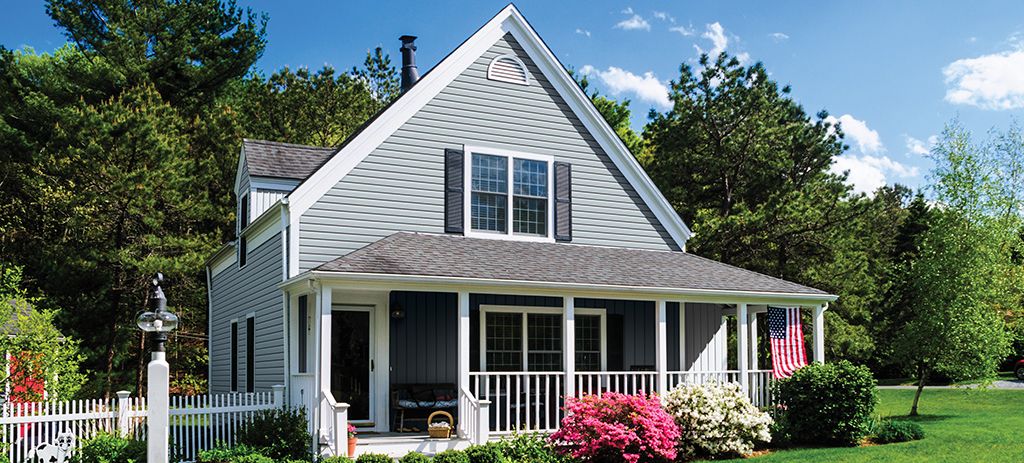Energy-Efficient Home Improvement Ideas

3 ideas to lower your energy bills and save you money
If you own a home that’s 30 years or older, you know how expensive it can be to heat it in the winter and cool it in the summer. Built when energy costs were cheaper and before modern energy-efficient materials were invented, your home is costing you hundreds of dollars a year in wasted energy.
Put a stop to this waste and rein in your energy costs with these 3 home improvement steps for lowering your energy bills.
1. Windows
A crucial way to keep energy costs down is to stop air from escaping around your windows. Wood frame and single pane windows in older homes are known culprits to leak air. You can add weatherstripping to plug some of these gaps. Another way is to use storm windows, which do provide improved thermal insulation, but they can be a hassle to install and remove each season. But a long-term solution for improving your home’s efficiency is to install replacement windows.
Replacement windows allow you to keep a more consistent climate in your home, while also reducing your energy costs during summer and winter. Moreover, replacement windows have a low E coating, which means they block more of the harmful UV rays from entering your home, preventing fading of fabrics and furniture. Plus, replacement windows are easy to clean and virtually maintenance-free.
2. Doors
Just like your windows, you want to seal air gaps in your home’s exterior doors. Weatherstripping along older doors will stop drafts from entering your home and your comfortable climate from leaving. Adding a storm door to your front or back door can add efficiency to your home, while also allowing you to keep the door open during the milder months.
Replacement exterior doors add foam insulation inside their core and multi-paned glass with low-emissivity coatings for additional energy efficiency. Plus, a professionally-installed replacement door will include adding insulation and sealing the seams with caulking to prevent any other air leaks.
3. Insulated Siding
A common update most homeowners make to their home’s exterior is new vinyl siding. But did you know that specially-designed insulated siding can improve your home’s energy efficiency?
Vinyl siding products – like Prodigy from Alside and Structure from Mastic – include 1 ½ inches of insulation on every piece of siding. This means you can add additional energy-efficient insulation to your home without opening the walls of your home. This insulation keeps the heat in during the winter and your comfortable cool air in during the summer.
